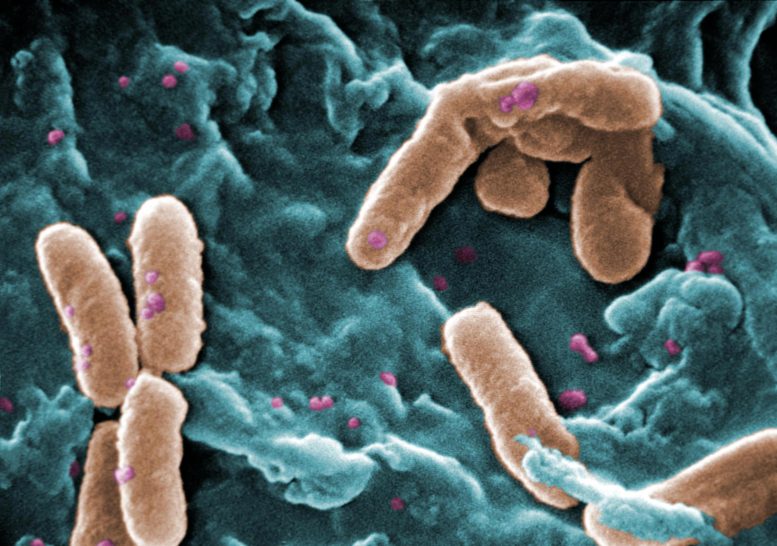SciTech Daily January 31, 2022
Researchers at UCLA elucidated how bacteria communicate about the existence of a surface using a messenger molecule called cyclic diguanylate (c-di-GMP) signals which are analogous to, AM radio and FM radio which encodes signals by the number of oscillations in the wave over a given period. The signal acts like a knob. They identified three important factors that control the formation of biofilm: average levels of c-di-GMP, the frequency of oscillations in c-di-GMP levels, and the degree of cell movement on the surface where the biofilm is forming. According to the existing paradigm one input produces one output, with increasing levels of the signal leading to biofilm formation. Through their study the researchers are proposing that multiple inputs eventually lead to that same output, and that bacteria can leave long-lasting messages for their offspring. The ability to control the formation of biofilms could counter infections, or fortify colonies of “good” bacteria. Scientists are working to develop bacterial biofilms that can break down plastic, eat industrial waste or even generate electricity in a fuel cell…read more. TECHNICAL ARTICLE

Scientists showed that the bacterium Pseudomonas aeruginosa communicate using chemical signals analogous to radio signals… Credit: Janice Haney Carr/CDC